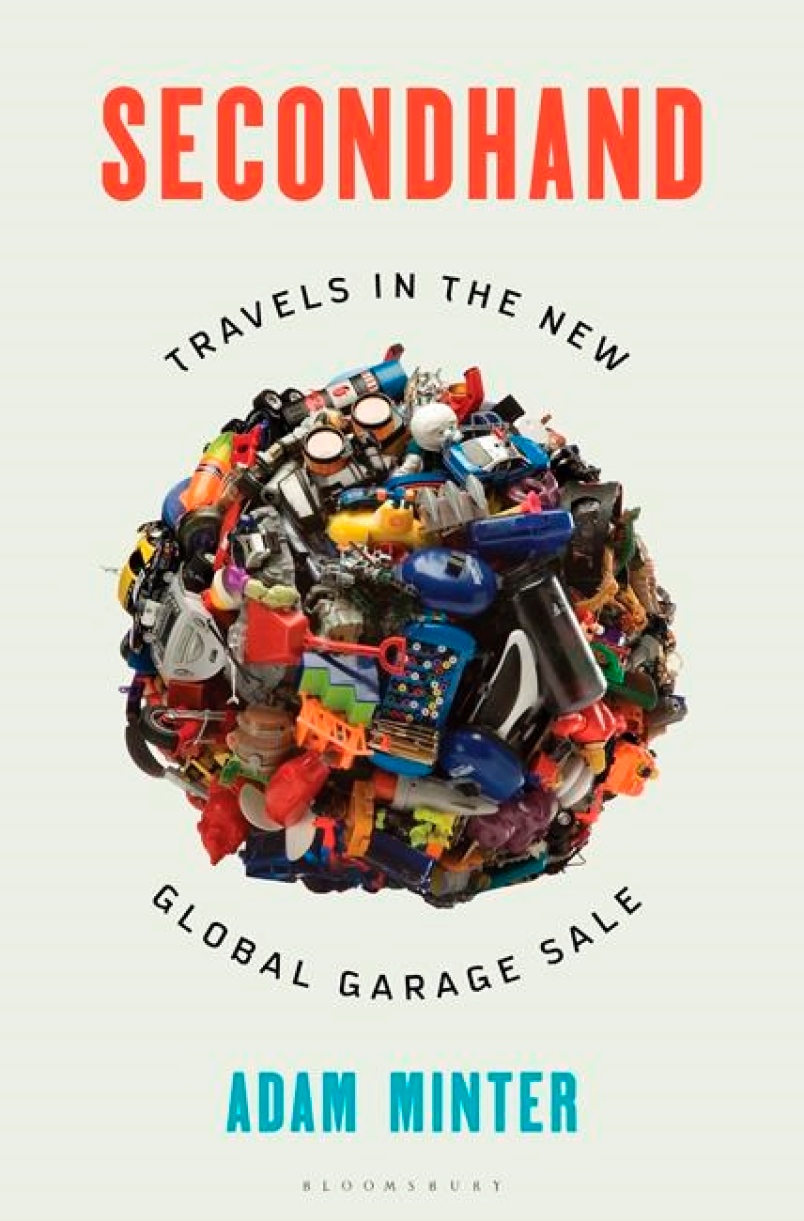Finished 2/27/20, around 9 AM

So, I've been on a bit of a Adam Minter kick apparently, diving deep into the global trade for recycling as well as secondhand used items, the topic of his newest book.
Minter is probably the worlds best resource on this recycling -- both books are massively detailed (sometimes almost overly so) and provide original thought and research as to what happens to all of our 'stuff'.
'Secondhand' I found more interesting than 'Junkyard' -- following the trail of our things, whether we donate them to Goodwill, ship them to an e-cycler, or otherwise, Minter draws a very strong picture of what happens. He visits Goodwill sorting centers, follows what doesn't get sold there and where it's bought/sold/exported to, what happens to our clothing once it reaches 'rags', how Ghana has built a strong ecosystem for secondhand goods, the high-end reuse market in Japan... I mean, I can go on and on. It's all fascinating, and illustrates a very vivid picture of the trade of these items.
Core to this book (as well as 'Junkyard') is that American's often view recycling or reuse as purely charitable, though this does not have to be the case (and in same ways, may hinder actual reuse). Following markets, and smart regulations, our goods can often live extraordinary second lives (whether that's locally or in developing countries) in a way that ends up being both profitable for small business owners and environmentally friendly.
I'm still processing everything from this book -- but one item, which I've been thinking about a bit since reading, is that underlying fact that we are dealing with a flood of goods partly because the quality of those goods have dropped substantially. One of things that we can do best, as an economy and for the environment, is to make high-quality goods that are repairable, and buy less in the process. This may seem self-evident, but it's something we (as a society and economy) need to think more deeply on and really execute if we want to be more sustainable.

